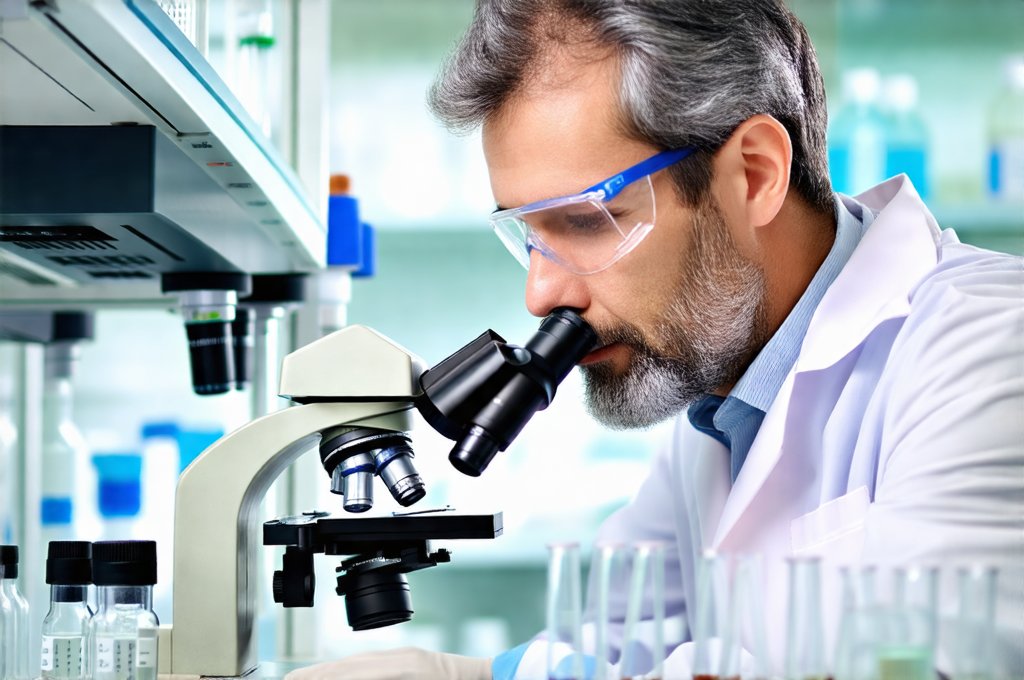Urinary cloudiness – finding your urine isn’t crystal clear can be unsettling, prompting immediate concerns about infection or kidney problems. While these are valid considerations that should be addressed with a healthcare professional, it’s crucial to understand that not all cloudy urine signals something serious. Often, the issue stems from perfectly normal, non-medical causes related directly to our dietary habits and when we choose to eat – particularly hydration levels coupled with specific food choices and their timing around urination. Many people experience temporary cloudiness without any underlying health issues, making it essential to differentiate between benign occurrences and symptoms requiring medical attention.
This article will explore these non-medical reasons for cloudy urine, focusing on the often-overlooked influence of diet and meal timing. We’ll delve into how hydration levels, specific foods (like dairy or excessive vitamin C intake), and even when you eat relative to when you last urinated can contribute to temporary cloudiness. Understanding these factors empowers individuals to assess their situation more accurately, recognizing when a simple adjustment in lifestyle is all that’s needed versus seeking medical intervention. It’s about informed self-awareness, not self-diagnosis; always consult a doctor if concerned. If you are dealing with urinary pain, learning how to improve quality of life can be helpful.
Dietary Influences on Urine Clarity
The composition of our urine reflects what we consume. Water is the primary component, but various waste products, electrolytes, and even trace amounts of nutrients are filtered by the kidneys and excreted in urine. This means that dietary intake directly impacts its appearance. Foods rich in phosphates – found in many meats, dairy products, and processed foods – can contribute to a slightly cloudy appearance due to phosphate crystal formation, especially if hydration is insufficient. Similarly, high intakes of vitamin C can lead to oxalate crystals forming, creating cloudiness. These aren’t inherently harmful but alter the clarity of urine.
Furthermore, dehydration exacerbates these effects. When you don’t drink enough water, your urine becomes more concentrated, increasing the likelihood of crystal formation and making any existing cloudiness more pronounced. Think of it like trying to dissolve sugar in a small cup versus a large glass – concentration matters! It’s not just what you eat, but how much you drink alongside it that determines clarity. A balanced diet coupled with adequate hydration is the foundation for clearer urine. To understand your body better and learn how to track early signs of urinary disorders, stay informed about potential changes.
Interestingly, even seemingly innocuous foods can play a role. For instance, consuming large amounts of beets or rhubarb can change urine color and sometimes contribute to a temporary hazy appearance due to their unique pigment compounds. These changes are usually harmless and resolve on their own within a day or two.
The Timing Factor: Meal-Related Cloudiness
Beyond what we eat, when we eat relative to urination significantly influences clarity. After a meal, the body directs blood flow towards the digestive system. This can temporarily reduce blood flow to the kidneys, leading to more concentrated urine as filtration rates slow down slightly. This concentration, combined with any dietary components mentioned above (phosphates from meat, vitamin C), increases the chances of crystal formation and cloudiness.
This effect is most noticeable shortly after a meal – particularly one rich in protein or dairy. If you notice cloudy urine consistently right after eating, it’s likely related to this physiological process rather than an underlying medical condition. This isn’t to say avoid eating; it simply explains why timing can be crucial when assessing the cause of cloudiness. Paying attention to whether the cloudiness appears immediately post-meal or is more consistent throughout the day provides valuable insight.
It’s also important to consider overnight urine concentration. During sleep, we typically go several hours without drinking, leading to highly concentrated urine upon waking. If you are concerned about acute urinary retention, it’s worth considering is flow rate linked to risk .
Crystal Formation and Hydration Strategies
The formation of crystals in urine is often the primary cause of cloudiness in non-medical cases. As previously mentioned, phosphate, oxalate, and uric acid crystals are common culprits. Hydration remains the most effective countermeasure. Aiming for pale yellow urine throughout the day indicates adequate hydration. A general guideline is to drink enough water so that you urinate every 2-3 hours.
Beyond simply drinking more water, consider how you hydrate. Sipping water consistently throughout the day is more beneficial than chugging large amounts at once, as it maintains a steady level of hydration. Additionally, certain beverages can contribute to dehydration (alcohol and caffeinated drinks) or exacerbate crystal formation (sugary sodas). Opt for water, herbal teas, or diluted fruit juices instead. For optimal urinary health, consider best times of day to drink and stay hydrated.
Another strategy involves balancing your diet with foods that promote kidney health. Foods rich in potassium – like bananas, sweet potatoes, and spinach – can help regulate urine pH levels, potentially reducing the risk of certain types of crystal formation.
Identifying Food-Related Cloudiness
Distinguishing between food-related cloudiness and a potential medical issue requires careful observation. Start by tracking your diet for a few days, noting what you eat, when you eat it, and when you notice cloudy urine. If the cloudiness consistently appears shortly after consuming specific foods (e.g., dairy products, vitamin C rich fruits), it’s likely dietary.
- Look for patterns: Does it always happen after a protein-heavy meal?
- Consider hydration levels: Are you adequately hydrated throughout the day?
- Assess the duration: Is the cloudiness temporary (resolving within a few hours) or persistent?
If the cloudiness persists despite adequate hydration and dietary adjustments, or if it’s accompanied by other symptoms like pain, burning sensation during urination, fever, or blood in urine, seek medical attention immediately. These could be signs of an infection or another underlying condition.
When to Consult a Healthcare Professional
While many cases of urinary cloudiness are benign, it’s crucial not to self-diagnose. Certain symptoms warrant prompt medical evaluation. Any cloudiness accompanied by:
- Pain in the back or side: Could indicate kidney problems
- Burning sensation during urination: Suggests a possible urinary tract infection (UTI)
- Frequent urge to urinate: May be a sign of UTI or other underlying condition
- Blood in urine (hematuria): Always requires medical attention, as it can signal various issues, from kidney stones to bladder cancer.
- Fever: Often indicates an infection
It’s also important to consult a healthcare professional if the cloudiness is persistent despite dietary and hydration adjustments or if you have any underlying health conditions that might increase your risk of kidney problems (e.g., diabetes, high blood pressure). A urine analysis can help determine the cause of the cloudiness and rule out any serious medical concerns. Remember, this information provides general guidance only and should not replace professional medical advice. Practicing daily gratitude practices can reduce stress and promote overall well-being.





















